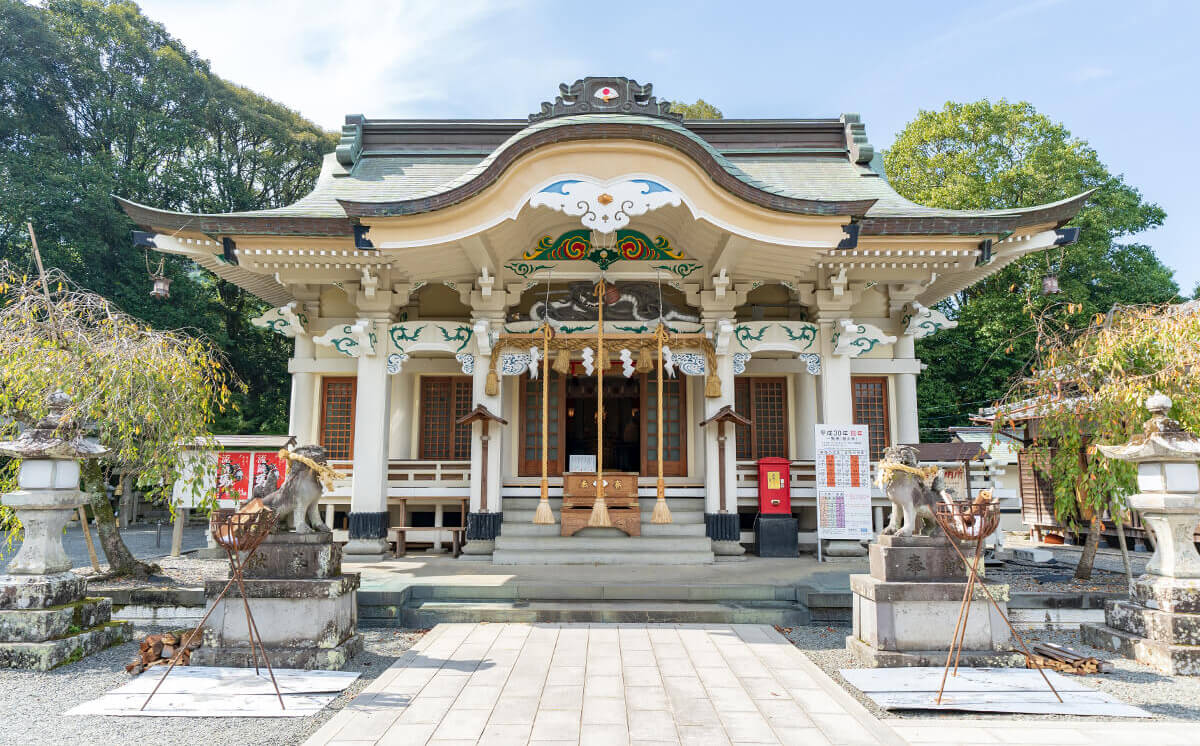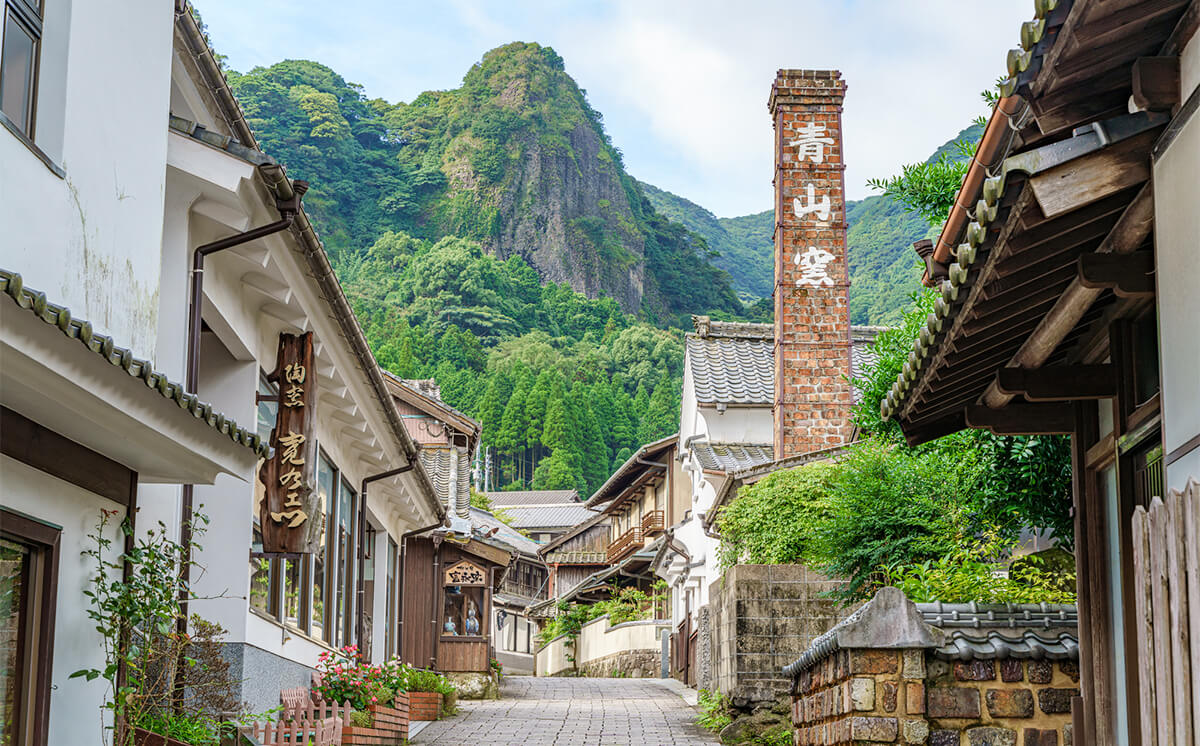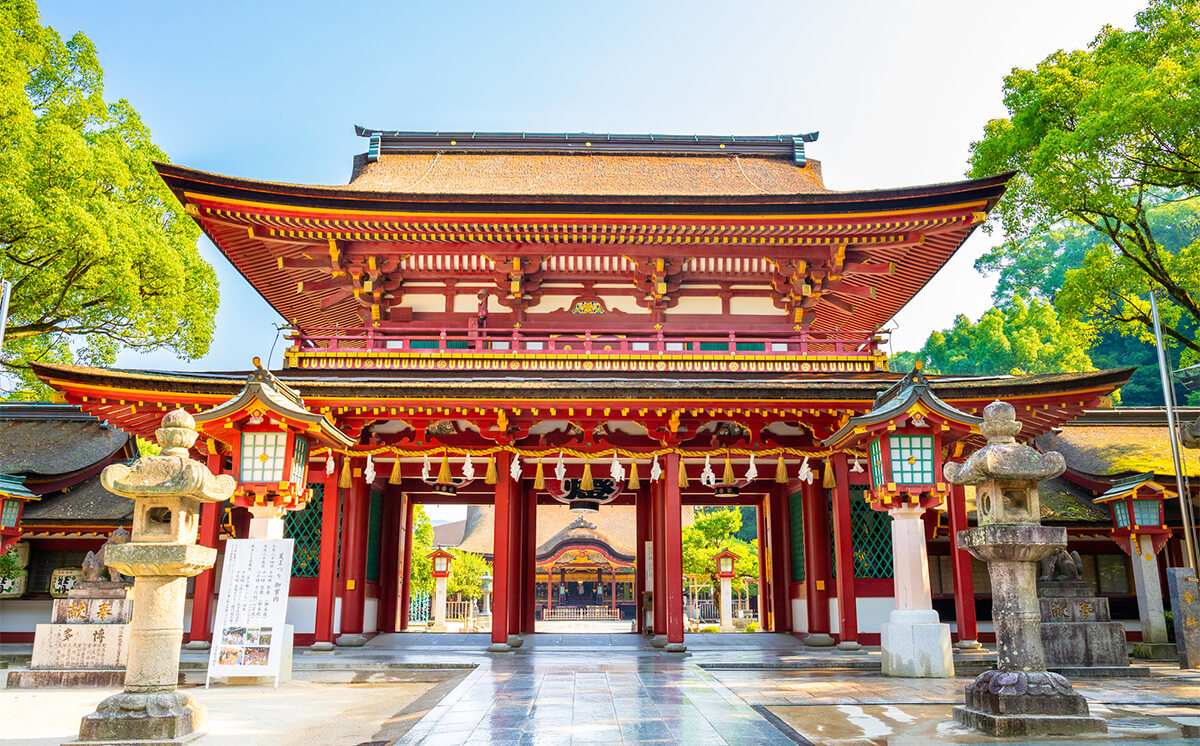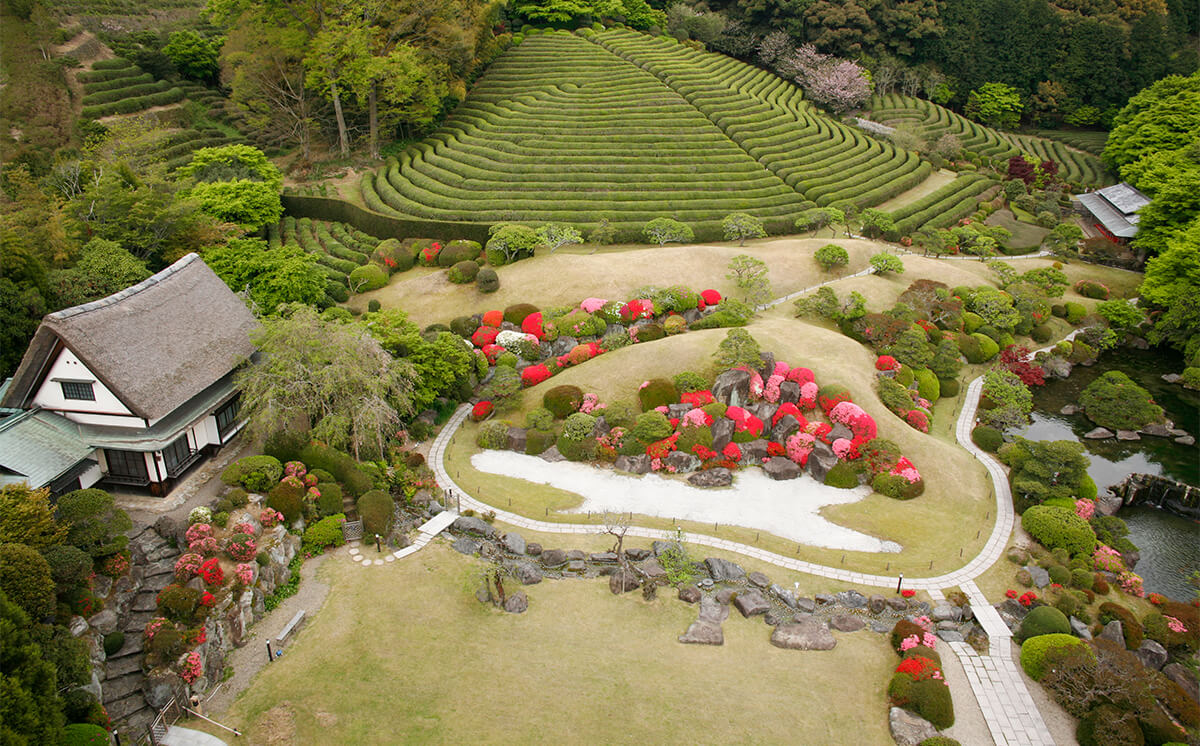Arita / Imari
Arita and Imari in Saga Prefecture
- Touching the beauty and tradition of ceramics
The Arita and Imari area of Saga Prefecture is known around the world as a leading producer of ceramics. Visitors to the area will be captivated by the beauty and tradition of its pottery, which has a history of over 400 years. The delicate painting of Arita and Imari pottery and the beauty of its translucent white porcelain never fail to captivate visitors.
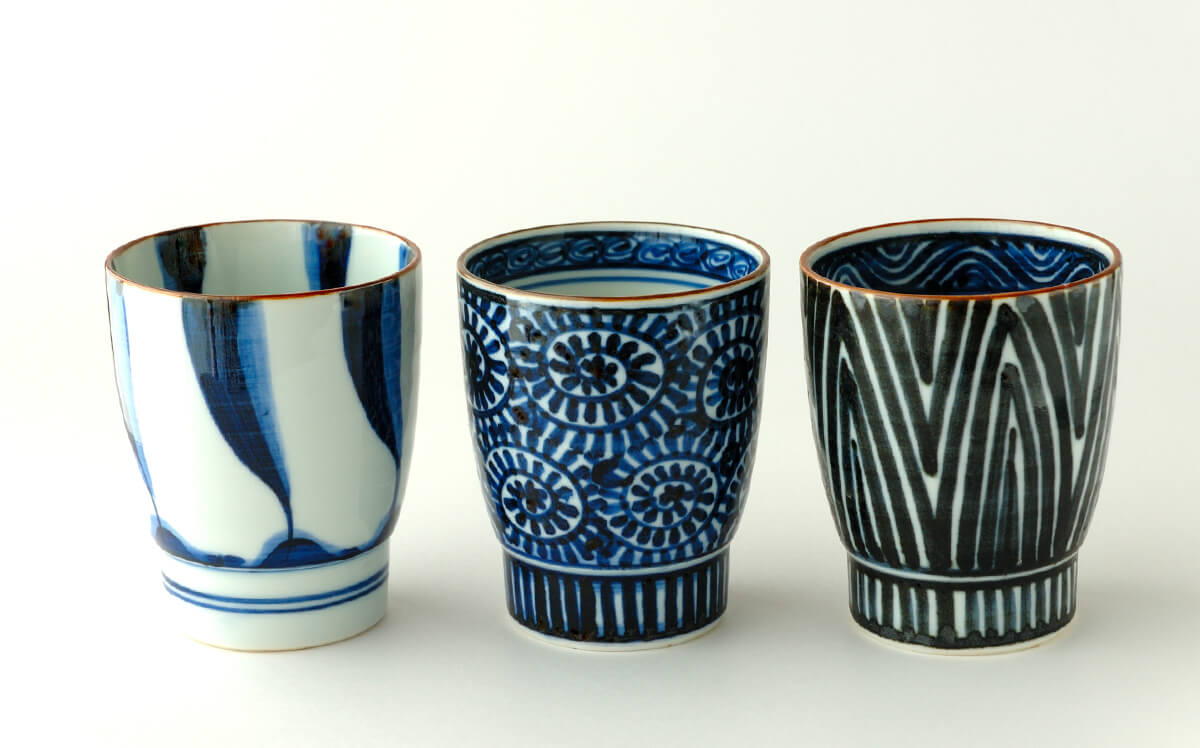
1. Arita-yaki
Arita-yaki is characterized by its translucent white porcelain, underglaze blue designs, and colorful overglaze designs. By visiting the famous pottery kilns that continue to innovate while preserving this tradition, you can experience the true essence of Arita-yaki. Visiting the pottery kilns will allow you to experience the skills and passion of the artisans, and you can feel the depth of traditional crafts with your own hands.
Inoue Manji Kiln
At the studio of Living National Treasure Manji Inoue, you can see his delicate white porcelain works up close. You will be amazed by the beauty of his works, which make full use of traditional techniques.
Kakiemon Kiln
The Kakiemon Kiln, which has been certified as a national important intangible cultural asset, is a pottery that produces elegant works with red designs on a milky white background. It has attracted pottery fans from around the world with its unique color beauty.
Imaemon Kiln
The Imaemon Kiln continues the Nabeshima style. The works of Living National Treasure Imaizumi Imaemon XIV, who continues to pursue new expressions while respecting tradition, have impressed many visitors.
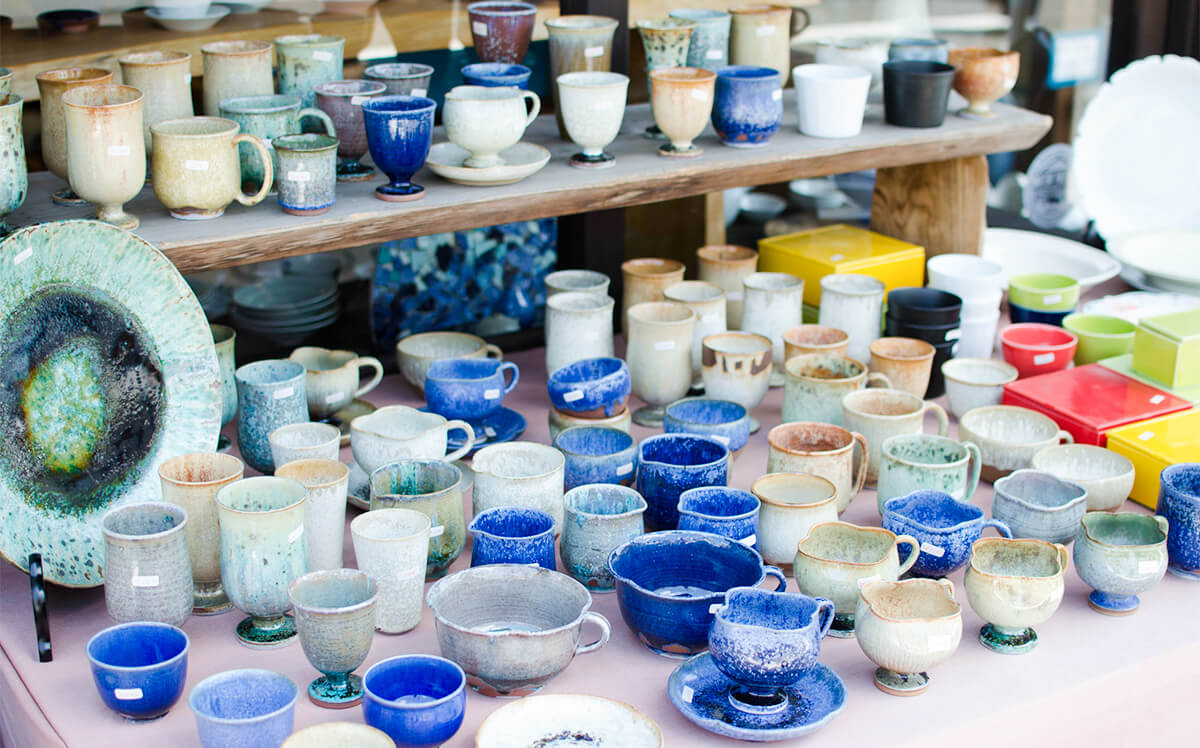
2. Arita Pottery Market
The Arita Pottery Fair, held from April 29th to May 5th every year, is one of the largest pottery fairs in Japan, with around 500 pottery shops lining the streets. The whole town is bustling with activity, like a giant pottery market, and it's the perfect opportunity to pick up bargains, limited edition items and special offers. You can enjoy the pleasure of finding your own special piece while walking through the historic streets.
3. Arita Porcelain Park
Arita Porcelain Park, with its magnificent architecture modeled on the Zwinger Palace in Germany, has a wide range of exhibits where you can enjoy learning about the history and techniques of Arita porcelain. You can also enjoy pottery-making experiences and shochu tastings, and fully appreciate the appeal of Arita porcelain with all five of your senses.

4. Saga Prefectural Museum of Kyushu Ceramic Culture
This is one of the best ceramics museums in Japan, with a collection of around 30,000 ceramics from all over Kyushu. In particular, the collection of Ko-Imari, which fascinated Europe in the Edo period, is a must-see. You can learn more about the appeal of ceramics through digital exhibitions and hands-on experience corners.
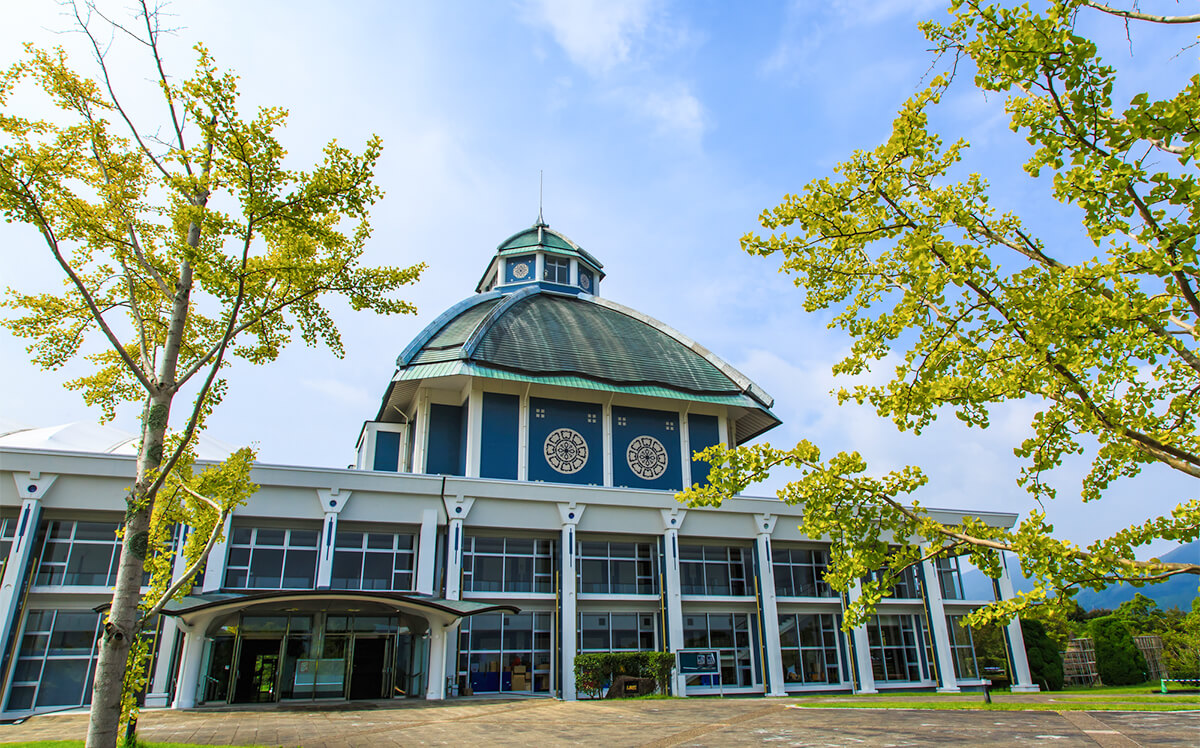
5. History and Culture Forest Park
At the “History and Culture Forest Park”, located in the center of Arita Town, you can visit the remains of kilns from the Edo period and the graveyard of potters. In spring, the cherry blossoms bloom in full glory, and you can enjoy the scenery where the beauty of nature and the culture of ceramics are in perfect harmony.
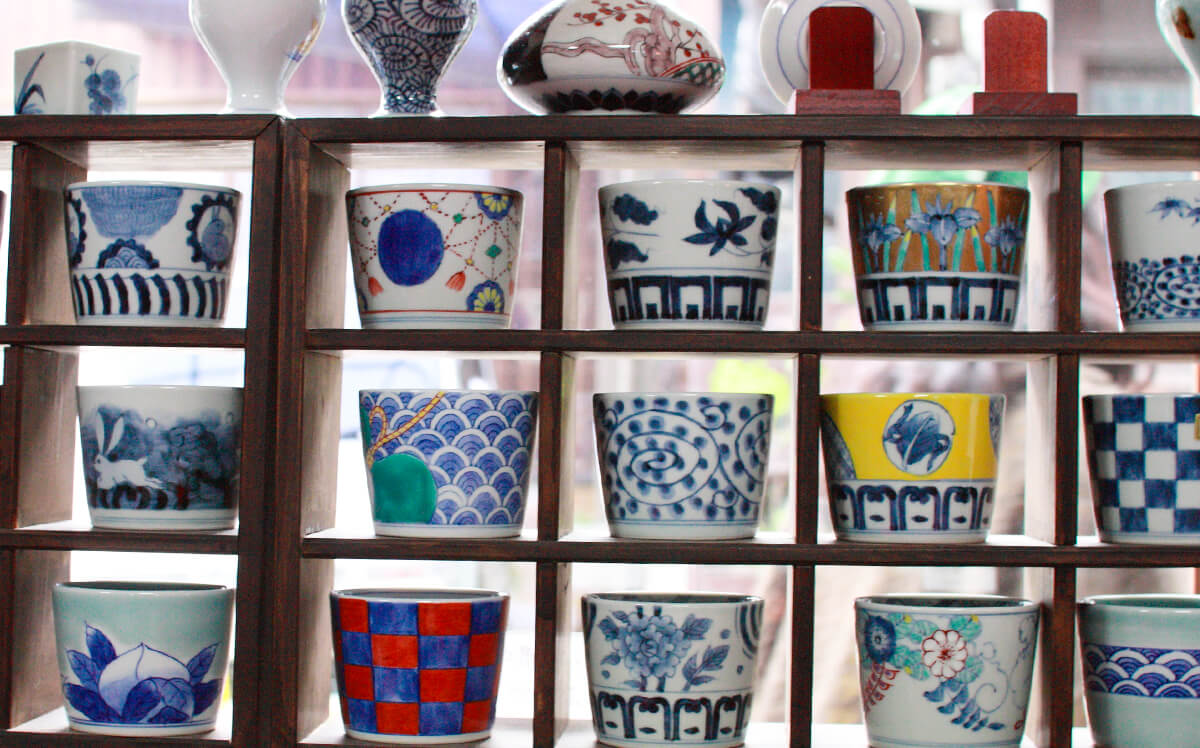
6. Imari ware
Imari ware is characterized by its elegant shapes and refined colors. In particular, the prestigious style known as “Nabeshima ware” continues to captivate many people even today.
Nabeshima Oniwayaki
Nabeshima ware was made as a tribute to the shogunate family. Its exquisite patterns and indigo blue color are particularly striking.
Changchun Celadon Pottery Kiln
The deep hues of celadon are a feature of this pottery, which incorporates modern designs while also adhering to traditional techniques.
Rozanyo Pottery Kiln
The Rozanyo pottery kiln has established its own style while also inheriting traditional techniques. Its simple yet bold designs also harmonize with modern lifestyles.

7. Okawachiyama Nabeshima Clan Kiln Park
At Okawachiyama, where the Nabeshima Clan's official kilns used to be, you can see the remains of historical kilns and pottery shards, and imagine what it was like when ceramics were being produced. By following in the footsteps of the artisans of the Edo period, you can really get a sense of the depth of history of pottery.
Sightseeing
